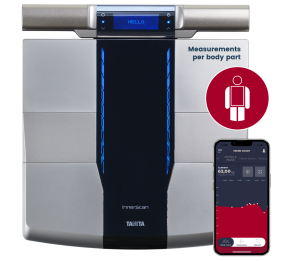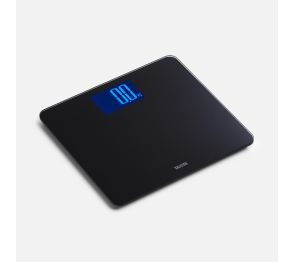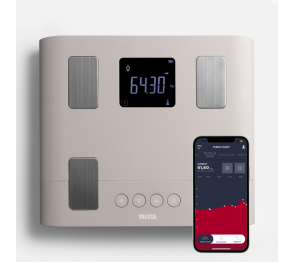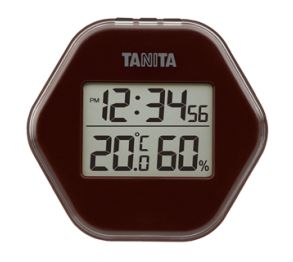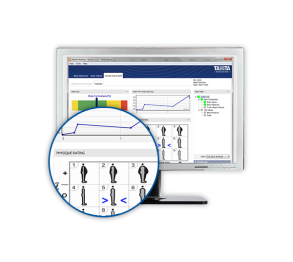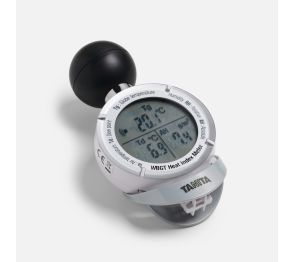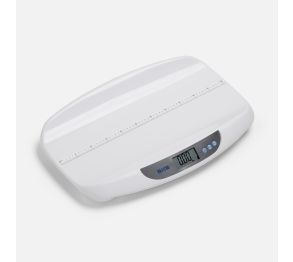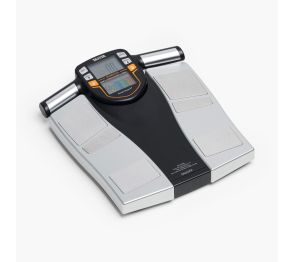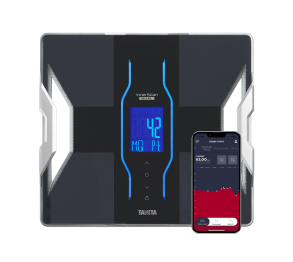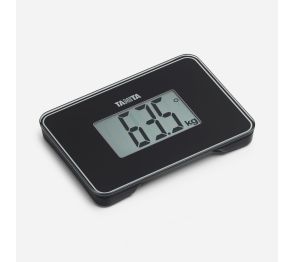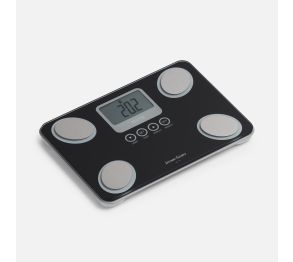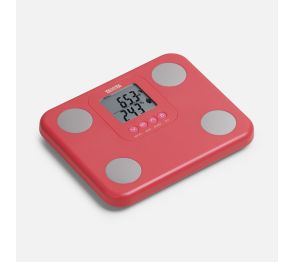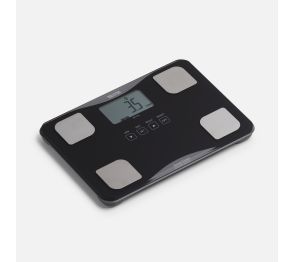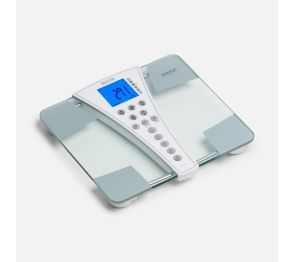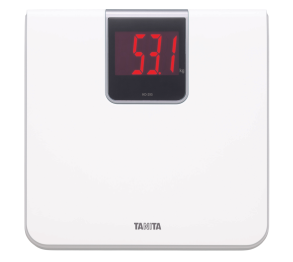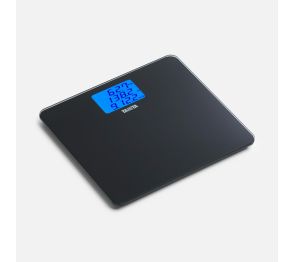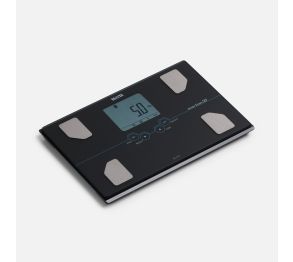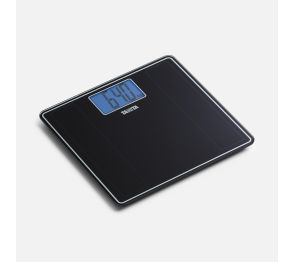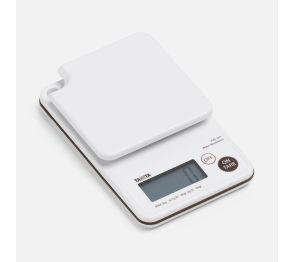The benefits of monitoring your heart rates


The rates of death linked to, or caused by, cardiovascular disease have declined over the years, but according to the World Health Organisation, it is still the number one cause of death globally, taking an estimated 17.9 million lives each year. So, there has never been a better time to build your understanding of your own heart health and what you can do to improve it. Regular, accurate, monitoring will not only reduce your risk of heart and circulatory disease but it is also a great start to understanding and improving your overall health.
Get you know your resting heart rate
Your heart rate, also known as your pulse rate, is the number of times your heart beats per minute (BPM). Resting heart rate can predict cardiovascular morbidity and mortality, so getting to know your resting heart rate is a great starting point for building your understanding of your physical health, cardiovascular disease prevention and management. The British Heart Foundation www.bhf.org.uk states that a normal resting heart rate should be between 60 - 100 beats per minute. This range is the same for men and women, and there is only slight variation with ageing. Regular exercise can reduce your resting heart rate so that is it regularly at the lower end of this scale.
How to measure your resting heart rate (RHR)
You can measure your RHR by taking your pulse, www.nhs.uk has a good explanation of how to do this. However, if you want an accurate picture of your heart health within the context of what is normal for you, building your understanding over time is crucial. That’s where the Tanita RD-545 HR with heart rate function, can help. The RD-545 HR is a segmental body composition scale and in addition to your heart rate, provides you with 11 other medically accurate measurements. What’s more, it is Bluetooth connected so you can download all your data to your smartphone to monitor and share with a trainer or healthcare professional. Whether you take your own pulse, or use a heart rate monitor, it is important to take the measurement at the right time and to avoid things which can affect the result in the short term. The American Heart Association recommends;
- Check your heart rate first thing in the morning
- Don’t have any stimulants such as caffeine before taking a measurement
- Leave at least an hour following exercise or a stressful activity before taking a RHR measurement
If you use the Tanita RD-545 HR, the heart rate measurement is only done after you have been standing on the scale for 20 seconds on the scale, so that any slight rate-raise from moving around will have settled.
Is my pulse rate when resting, too low?
If you have a fairly sedentary lifestyle or only exercise occasionally, a heart rate below 60 beats per minute, often referred to as bradycardia, might be worth discussing with your doctor. However, athletes and those who do a significant amount of regular exercise, may well have a RHR below 60 beats per minute, and professional athletes have one of around 40 beats per minute.
Heart rate 101 for athletes
For athletes, the key reason for monitoring their resting heart rate is to know when they have fully recovered from a training session i.e. when the RHR has returned to their normal level. It can also help to show overtraining symptoms as one of the main signs of overtraining is a longer delay than usual before your RHR returns to normal. As an athlete, significant regular exercise can affect your RHR in several ways, so here is our heart rate 101 for athletes; You might have increased vagal tone which lowers the heart rate and increases exercise capacity
- Aerobic training over a period of time, will enable your heart to work more effectively and pump more blood per beat – this can result in both a lower RHR and a lower training heart rate
- Being dehydrated after training however can mean that your heart has to pump faster to maintain adequate body temperature and provide oxygen around the body and so has the opposite effect
As well as monitoring their RHR, athletes also need to understand their maximum heart rate.
- Maximum heart rate is usually estimated by calculating 220 minus you age, so for a person of 35, their maximum heart rate would be 185.
- For moderate physical activity you could aim to be exercising at 50 – 70% of your maximum heart rate, 93 -130 beats per minute for our 35-year old
- For intense physical activity the same person would be working at 70 - 85% of their maximum and have a heart rate of up to 130 - 157 beats per minute
For more information on target heart rates by age group, visit www.heart.org.
Tips for maintaining a healthy heart
Regular use of a segmental body composition monitor with heart rate function, like the Tanita RD 545 HR, shows you are serious about understanding your health. It also means you will see the impact of positive steps to improve your health. Just as you might be working to increase your muscle mass or maintain good hydration levels, you can also take steps to improve your heart health and monitor their impact on your resting heart rate. Check out the 7 ways to boost your heart health shared by Age UK including;
- Making sure you get Omega-3 fatty acids in your diet
- Cut down on alcohol which can cause abnormal heart rhythms, high blood pressure and damage to heart muscle
- Practice blood pressure-lowering meditation or deep breathing for 15 minutes per day.
Why not see how many you can adopt over the autumn and then monitor your improving health with Tanita?

